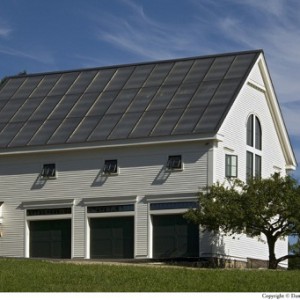Sustainable building in New Hampshire
See our blog for new projects, announcements, and all things TMS Architects & Interiors.Sustainable Architecture: Facing Carbon Head-On in the Future
The concept of sustainability dates back to the 1970s when the energy crisis, uncontrolled pollution and environmentally damaging materials made the world realize we couldn’t depend on fossil fuels forever. Fortunately, new studies have unveiled the benefits of renewable resources, recycling existing materials and adopting sustainable practices to help turn things around, and in industries such as organic architecture, professionals of all stripes are trying to do their part to better the world.
 Read More
Read More
Sustainable Architecture: Integrating Bamboo Into a Home
Bamboo is making a greater appearance in modern home design as conscientious owners and sustainable architects are learning more about this material’s great sustainability factors.
As the fastest growing wood producing plant in the world, bamboo is tougher than steel when it comes to tensile and compression strength. It’s also harder than red oak and maple, and isn’t as susceptible to warping from temperature or humidity as conventional wood products. Add to these factors rapid growth, improved air quality and breathtaking beauty, bamboo is truly a favorite material in sustainable architecture.
 Read More
Read More
Sustainable Architecture 101: The Utility of Salvaged Wood
An important facet of sustainable architecture includes using building materials that are not harmful to the environment, as well as reusing materials whenever possible. Salvaged wood can be upcycled and used in many applications that meet both of those criteria. Considering the beauty, uniqueness and historical quality of reclaimed wood, you should not overlook its usefulness.
 Read More
Read More
Minding the Future: Integrating Sustainable Landscaping
Encouraged by an ever-deepening understanding of global environmental issues, many homeowners and commercial enterprises are seeking new ways to “build greener” and surround their homes with sustainable landscaping. Such insightful landscaping can enrich your home and its natural surroundings in multiple ways.
 Read More
Read More
Organic Architecture: Bridging Architecture and Nature

Since 1908, Frank Lloyd Wright has used the word “organic” in his philosophy of architecture. Expanding on the teachings of his mentor, Louis Sullivan, he took this concept that form follows function and developed it into the idea that “form and function are one.”
 Read More
Read More
